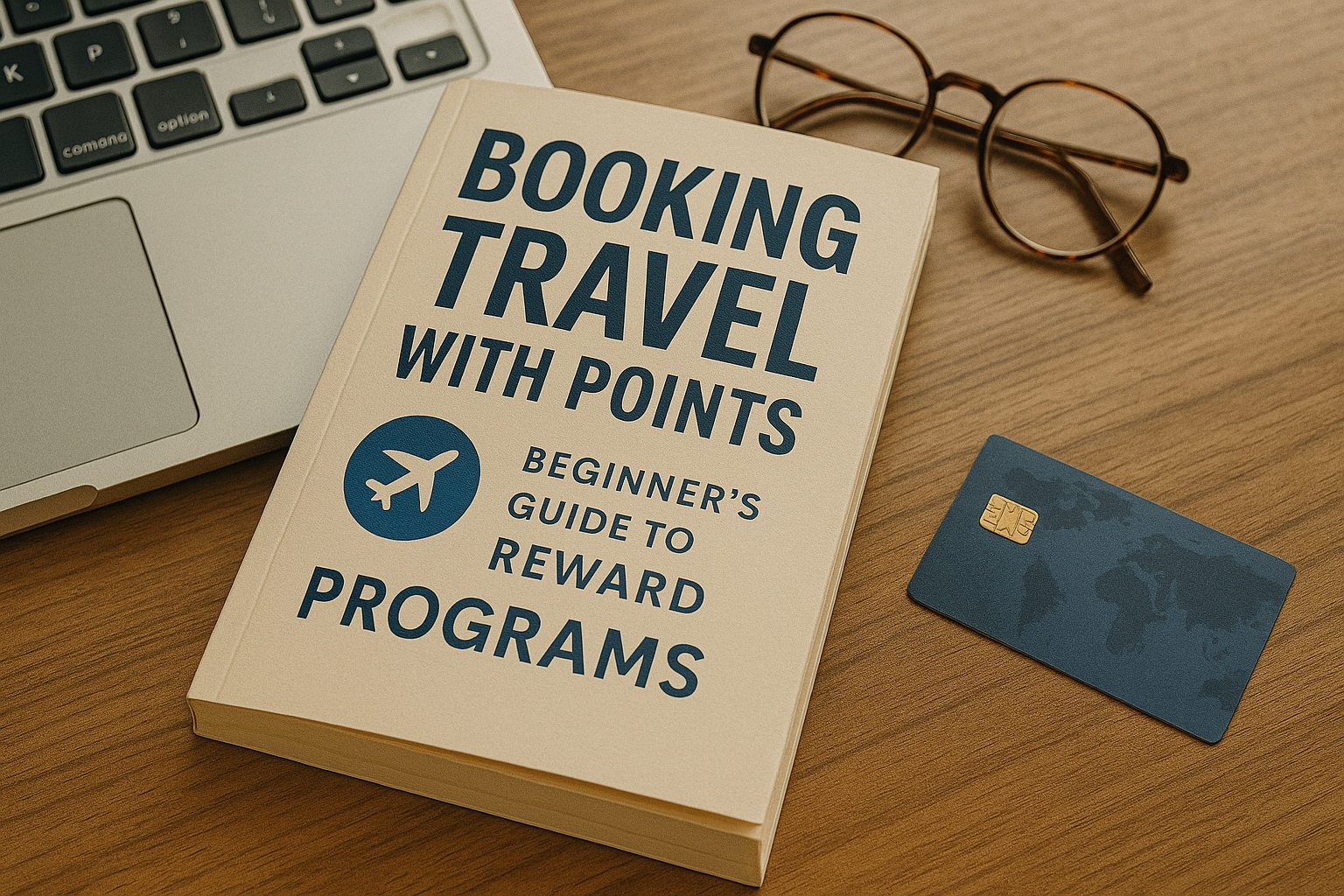Ever watched someone board a first-class seat with a smile, while you’re hustling toward economy in boarding group 7? Chances are, they used points. And no — it’s not just for elite business travelers or spreadsheet-wielding finance geeks. With a little strategy and the right cards, booking travel with points is possible for anyone. This beginner’s guide breaks down the basics, helps you avoid common traps, and gets you closer to your next (nearly free) trip.
Understanding Points vs. Miles vs. Cash Back
Let’s demystify the lingo. When people talk about travel rewards, they’re generally referring to three kinds of value:
- Airline miles: Earned through flying or credit card partnerships (e.g. Delta SkyMiles, United MileagePlus). Used to book flights with specific carriers or their partners.
- Hotel points: Earned through stays or branded credit cards (e.g. Marriott Bonvoy, Hilton Honors). Used to book free nights or upgrades.
- Credit card points: More flexible — earned through general spending. Some cards offer transferable points (e.g. Chase Ultimate Rewards, Amex Membership Rewards) you can use across airlines or hotels.
Each has pros and cons, but flexible credit card points are a great starting point. They give you options, often come with sign-up bonuses, and can be redeemed for flights, hotels, or even cash back. To compare reward structures and find the right card, sites like NerdWallet and The Points Guy are helpful resources.
How to Earn Points Quickly
If you’re just starting, here are the fastest ways to rack up valuable points:
- Sign-up bonuses: Many travel cards offer 50,000–100,000 points if you meet a minimum spend within the first 3–6 months.
- Everyday spending: Use your travel card for groceries, dining, gas, and bills — but never overspend just for points.
- Referral bonuses: Refer friends to your card and earn more points (many cards reward 10,000+ per referral).
- Category multipliers: Some cards offer 2–5x points on specific purchases like dining or travel.
The golden rule: Always pay off your balance in full. The interest you’d pay outweighs any travel rewards you earn. Think of points as a rebate — not a reason to spend more than you normally would.
Booking Travel with Points: How It Works
Once you’ve earned enough points, it’s time for the fun part — redeeming them. How you book depends on the kind of points you’ve earned:
- Airline portals: Log into your frequent flyer account and search award flights. Some programs have fixed charts (e.g. 25,000 miles for roundtrip domestic), while others have dynamic pricing.
- Transferable points: Move your credit card points to a travel partner for greater value. For example, Chase points transfer 1:1 to United, Southwest, Hyatt, etc. This can give you more bang for your buck than booking through the credit card’s travel portal.
- Travel portals: If you’re using points through cards like Capital One or Chase, you can book flights, hotels, or rental cars directly through their travel sites. This is often simpler and doesn’t involve blackout dates.
Always compare: Booking with points through a portal might save you time, but transferring to a partner often gives you better value. For example, that same 50,000-point redemption could get you economy — or first class — depending on how you use it.
Best Programs for Beginners
Some programs are easier to navigate than others. If you’re just getting started with booking travel with points, these are beginner-friendly picks:
- Chase Ultimate Rewards: Points transfer to multiple partners or can be used via their portal. The Chase Sapphire Preferred is a top choice for many newbies.
- American Express Membership Rewards: Great for frequent flyers with many airline transfer options.
- Capital One Miles: Simple structure, easy to redeem, and solid hotel and airline transfer partners.
- Southwest Rapid Rewards: Perfect for domestic U.S. travel. No blackout dates, and you can cancel for a full points refund.
- Hyatt Points: Incredibly valuable when transferred from Chase. Often get 2–3 cents per point — a high value in the points world.

Don’t try to master every program. Pick one or two based on where you fly, where you stay, and what card you carry. Build from there.
Tips to Maximize Point Value
Not all redemptions are created equal. Here’s how to get more from every point:
- Avoid gift cards and merchandise: These redemptions usually offer low value (less than 1 cent per point).
- Book far in advance: Award seats are limited. Booking early gets you the best availability and value.
- Use award calculators: Tools like AwardHacker or Point.Me help you find the best deals.
- Keep track of point expiration: Some programs expire your points if there’s no activity. Use apps like AwardWallet to stay updated.
And remember: Sometimes the best redemption isn’t the most luxurious — it’s the one that gets you where you need to go, when you want to go, for free.
If you’ve ever felt like the points game is too confusing or out of reach — take a breath. You don’t need to be a full-time travel hacker to make rewards work for you. Start with one solid card. Pay attention to how you earn and redeem. Stay organized. And when it’s time to book, look for the value that gets you a good trip, not just bragging rights.
Traveling is expensive — but it doesn’t always have to be. These Booking Travel with Points strategies can unlock your next adventure without draining your bank account. Ready to dip your toes into points travel? Let us know what destination you’ll be targeting first — and follow us for more tips that make smart travel simple.
Catch up on the top stories and travel deals by subscribing to our newsletter!












Leave a Reply